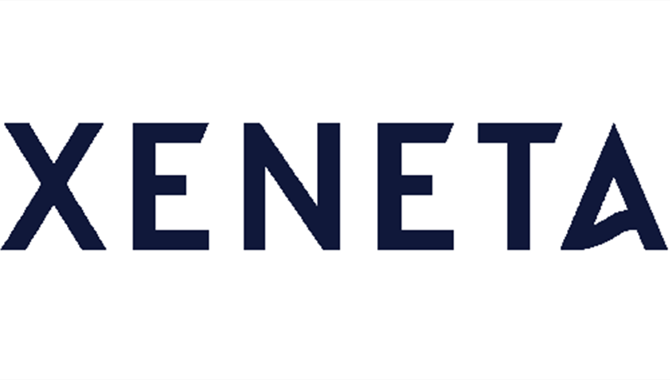
After a rare dip in long-term contracted ocean freight rates in December and January, container shipping costs are rising once again, with a 3.9% increase in February. The development, revealed in the latest Xeneta Shipping Index (XSI®) Public Indices, means rates have risen across 15 of the last 17 months. They currently stand 87.9% up year-on-year. Furthermore, notes Oslo-based Xeneta, ongoing congestion, high demand and a new level of geo-political angst are unlikely to reverse that trend any time soon.
From bad to worse?
“It's a worrying time for shippers,” states Patrik Berglund, CEO of Xeneta, which compiles the uniqueXSI® by crowd sourcing global rates data.
“Pandemic disruption is, to some extent, abating, but demand remains high and capacity maxed out. The congestion we continue to see, particularly at US ports, is a sign of this, with waits of approximately 35 days at Long Beach and 25 days at Los Angeles. Carriers looking to deploy tonnage on the East Coast to avoid this are simply transferring the problem, with recent reports of 31 vessels waiting to berth at Charleston.”
He continues: “And, of course, away from the US we have the distressing situation unfolding in Ukraine. The wider geopolitical concerns of this are one thing, the immediate impact on energy prices another. Crude oil costs have obviously rocketed and the carrier community will, no doubt, look to pass this on to customers to protect their own bottom lines. So, in addition to the already astronomical freight costs, shippers can expect to see bunker adjustment factors (BAFs) leading to new surcharges, exacerbating their pain.”
Intelligence pays
Nevertheless, Berglund adds that future predictions are almost impossible to make in this fast moving market. He notes that regulators from across the globe are now investigating potential cartel activities by the carriers, which could have enabled the unprecedented rates rise, but that, despite shipper allegations of profiteering and collusion, no evidence has yet come to light.
“In this situation, the options facing those looking to move freight are limited,” he states. “You can either charter vessels, a solution only available to the biggest players, or networks of shippers, or simply keep abreast of the latest intelligence and work to gain the most value out of increasingly difficult negotiations. One thing's for sure, there's more change on the horizon, so it's essential for all parties to stay tuned, stay limber and stay focused on the best ways to achieve business objectives.”
Regional perspectives
Xeneta's XSI® delivers insights into the latest rates developments on all major trade corridors, with February's intelligence revealing near universal rates rises on key import and export benchmarks.
In Europe, imports climbed by 8.0% across the month (up 86.3% year-on-year) while exports rose by 6.1% (up 9.9% since the end of 2021 and 68% year-on-year). Far East imports and exports followed a similar pattern. The import index now stands at an all-time high, up 2.2% this month (32% year-on-year), and exports climbed by a healthy 5.2%. This latest increase pushed the benchmark a staggering 116.9% higher than in February 2021.
In the US, imports and exports bucked the trend somewhat, both registering declines, albeit seen against significant year-on-year gains. Imports dropped by 4.8% with exports declining 2.2%, leaving the respective benchmarks up 83.2% and 23.6% year-on-year.
Xeneta's XSI® is compiled from the latest crowd-sourced ocean freight rate data aggregated worldwide.Companies participating in the benchmarking and market analytics platform include names such as ABB, Electrolux, Continental, Unilever, Nestle, L'Oréal, Thyssenkrupp, Volvo Group and John Deere, amongst others.
The opinions expressed herein are the author's and not necessarily those of The Xinde Marine News.
Please Contact Us at:
media@xindemarine.com


 Ningbo Containerized Freight Index Weekly Commentar
Ningbo Containerized Freight Index Weekly Commentar  Ningbo Containerized Freight Index Weekly Commentar
Ningbo Containerized Freight Index Weekly Commentar  Ningbo Containerized Freight Index Weekly Commentar
Ningbo Containerized Freight Index Weekly Commentar  BIMCO Shipping Number of the Week: Bulker newbuildi
BIMCO Shipping Number of the Week: Bulker newbuildi  Ningbo Containerized Freight Index Weekly Commentar
Ningbo Containerized Freight Index Weekly Commentar  Ningbo Containerized Freight Index Weekly Commentar
Ningbo Containerized Freight Index Weekly Commentar